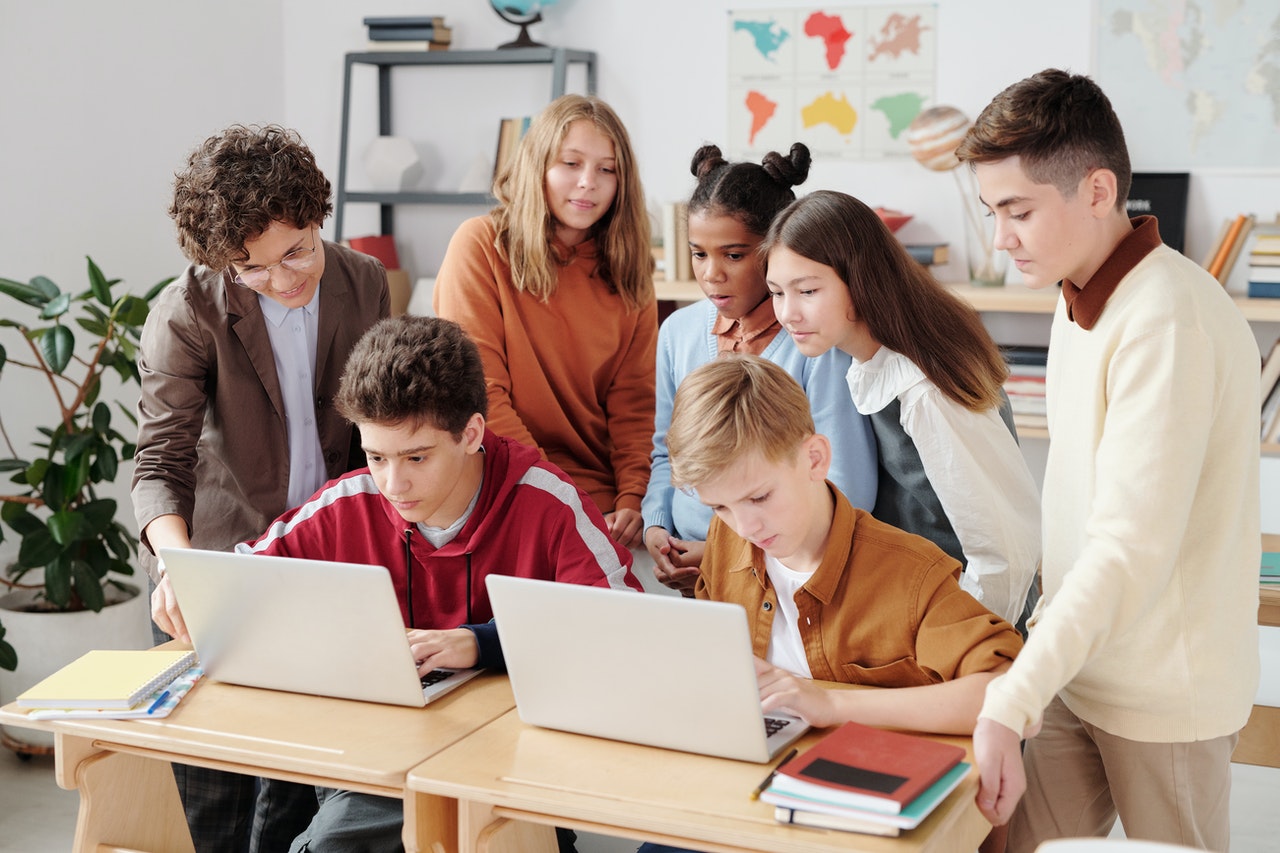The use of social media in education relates to the use of various social media channels in educational settings ranging from secondary and elementary school to college and post-secondary institutions. Social media is basically online networking sites that are used by individuals and groups for the purpose of communicating, sharing information, and for group support or for purposes of group communication. It may include Facebook, MySpace, Twitter, and many more. Many school districts have found that social networking sites and other websites can be very useful tools for student and teacher communication. Here are some tips on how to use these sites in your school.
How to begin using social media in your classroom.
If you want to know how to get started, first you need to understand how to get started using technology in education. There are many ways in which you can communicate with your students through social networking sites such as Facebook, MySpace, and Twitter. Here are some tips on how to start using them in your classroom:
Be honest and clear.
When you communicate with your students, you need to be clear about what you want to achieve from the discussions, and you also have to be realistic in your expectations. Some teachers use social media in education to bolster their teaching skills. But it is important to remember that just because you are using it to boost your teaching skills, it does not mean that you will have to be boring or instructional. You can be humorous, engaging, and even inspirational with the use of various media, as long as you are clear with what you want to achieve from the discussions. So when you set out to use social media in education, be clear and honest with what you want to achieve and be realistic about what your students can do to achieve it.

Start with a few social media sites.
There are many different sites that you can use for this purpose. You can start with a news blog, then go on to Twitter, Pinterest, Linked In, and many others. You can also use sites like Digg and Flickr for interesting stories and visuals, respectively. Using these sites to promote your classroom activity is a good idea because they bring in a lot of interesting material, which is easy for students to follow.
Get involved.
One thing that many people forget when they are trying to promote online communities and social media usage in education is that they need to become active participants. You cannot just sit back and let people use your sites and keep commenting without really contributing anything of value. Ask questions, help answer questions, answer users’ questions, and post your own comments and discussions. If you do this properly, you will soon find that a large number of potential students and teachers will join your online communities, and you will have a lot of opportunities to interact with them.
Connectivity makes the world a smaller place. For many people, online sources of learning are still relatively “online.” This means that you may be teaching in a classroom in the middle of nowhere, surrounded by miles of asphalt and buildings. Social media sites such as Facebook and Twitter make it possible for you to reach out to literally thousands, if not millions, of people, from all over the country and the world.
Teachers have become part of the internet revolution, and they have begun using it for the benefit of their students. Schools are now creating digital learning sites that will allow students to connect with each other via text, audio, and video. These media tools enable teachers to get the most from their students. Connectivity makes it much easier for teachers to get important ideas across to students who are far away from a classroom. Social media websites such as Facebook, Linked In, and Twitter allow you to interact directly with students and share your own ideas with them.
Facebook and Twitter were introduced as key networking tools in 2021 and are now used by millions of users throughout the world. They are free to join and many schools are finding that they are an effective tool in educating their students. Connectivity allows teachers to get the most out of their student’s academic performance. With the introduction of social networks to the classroom, we are seeing a new way to help educators make a difference.



